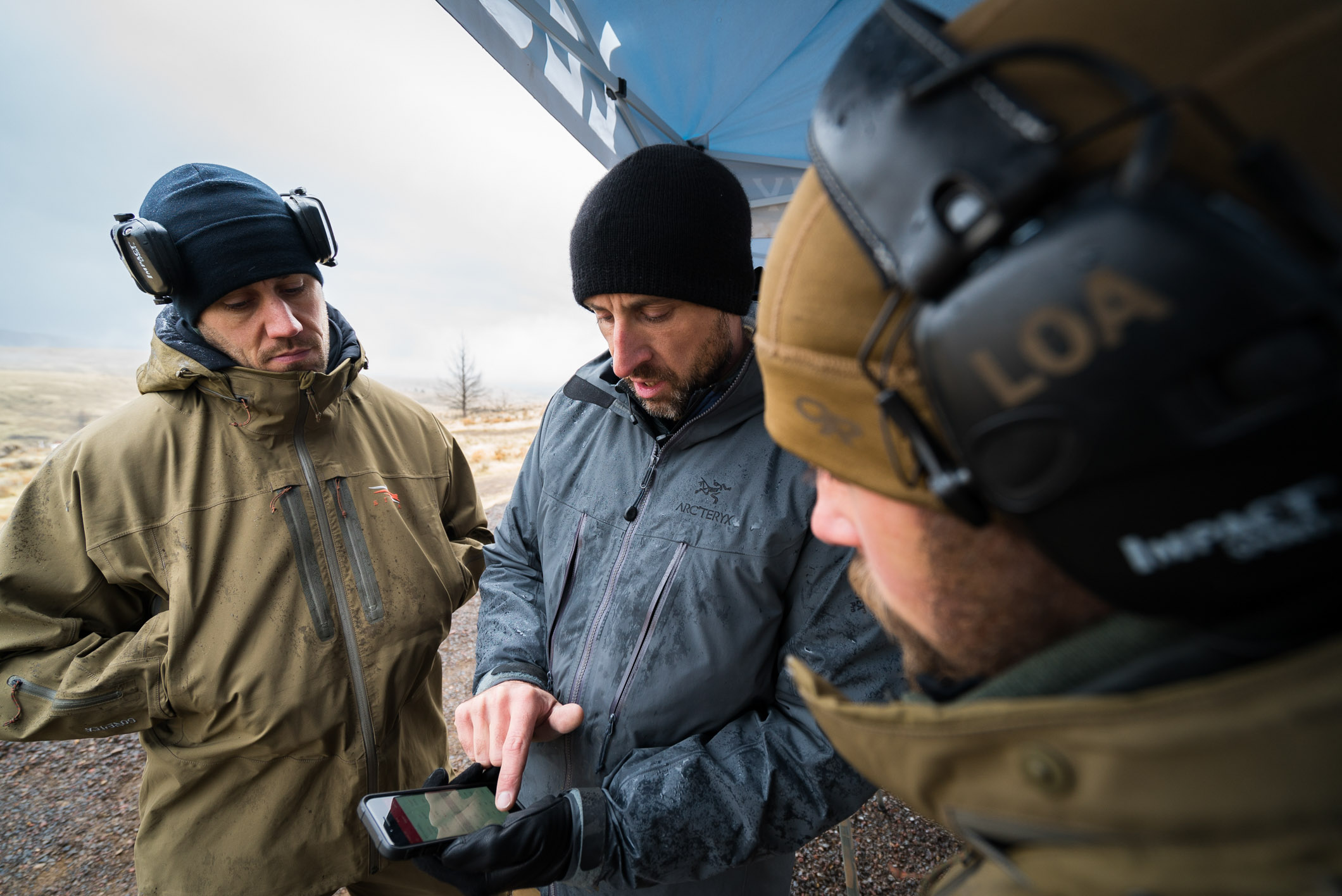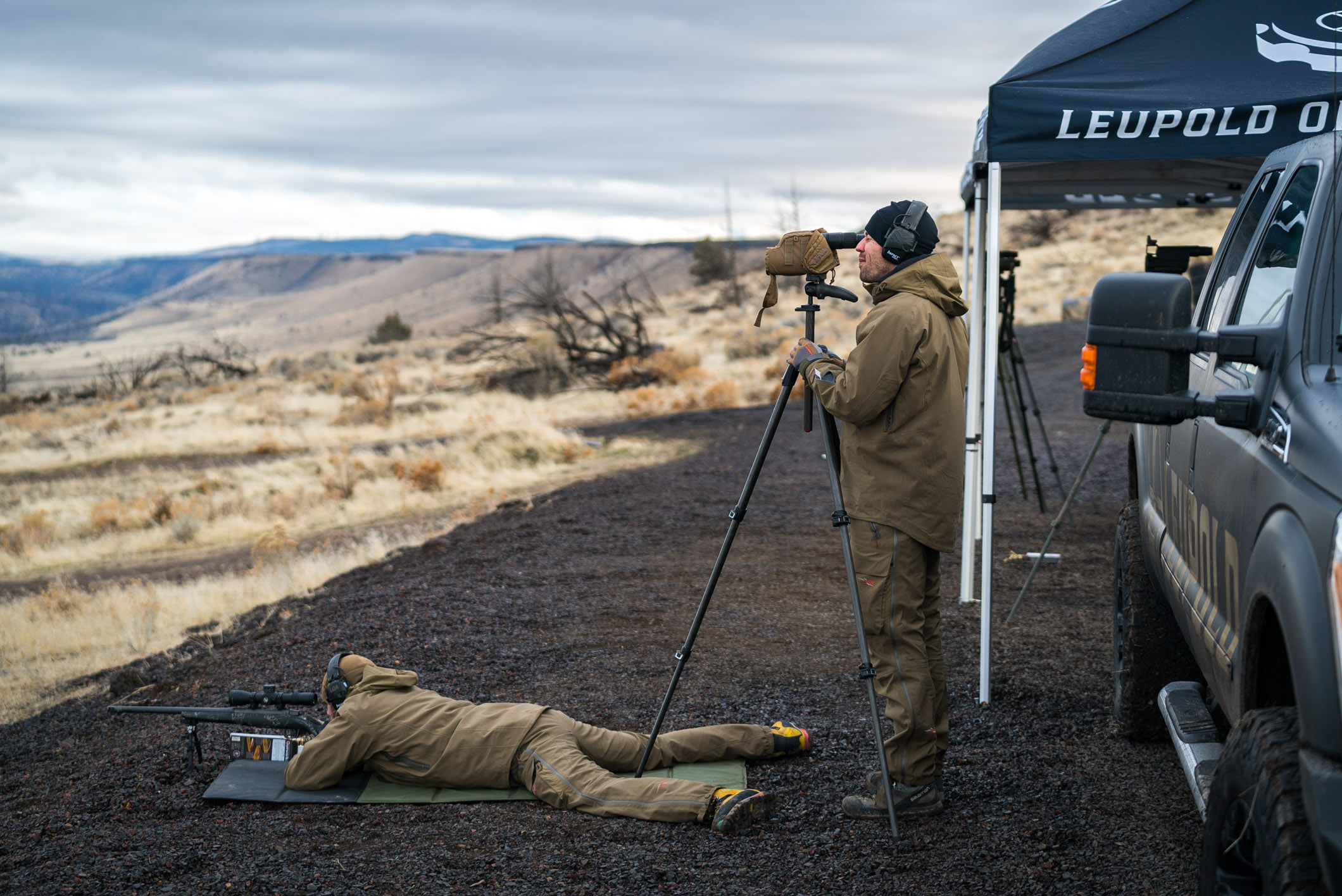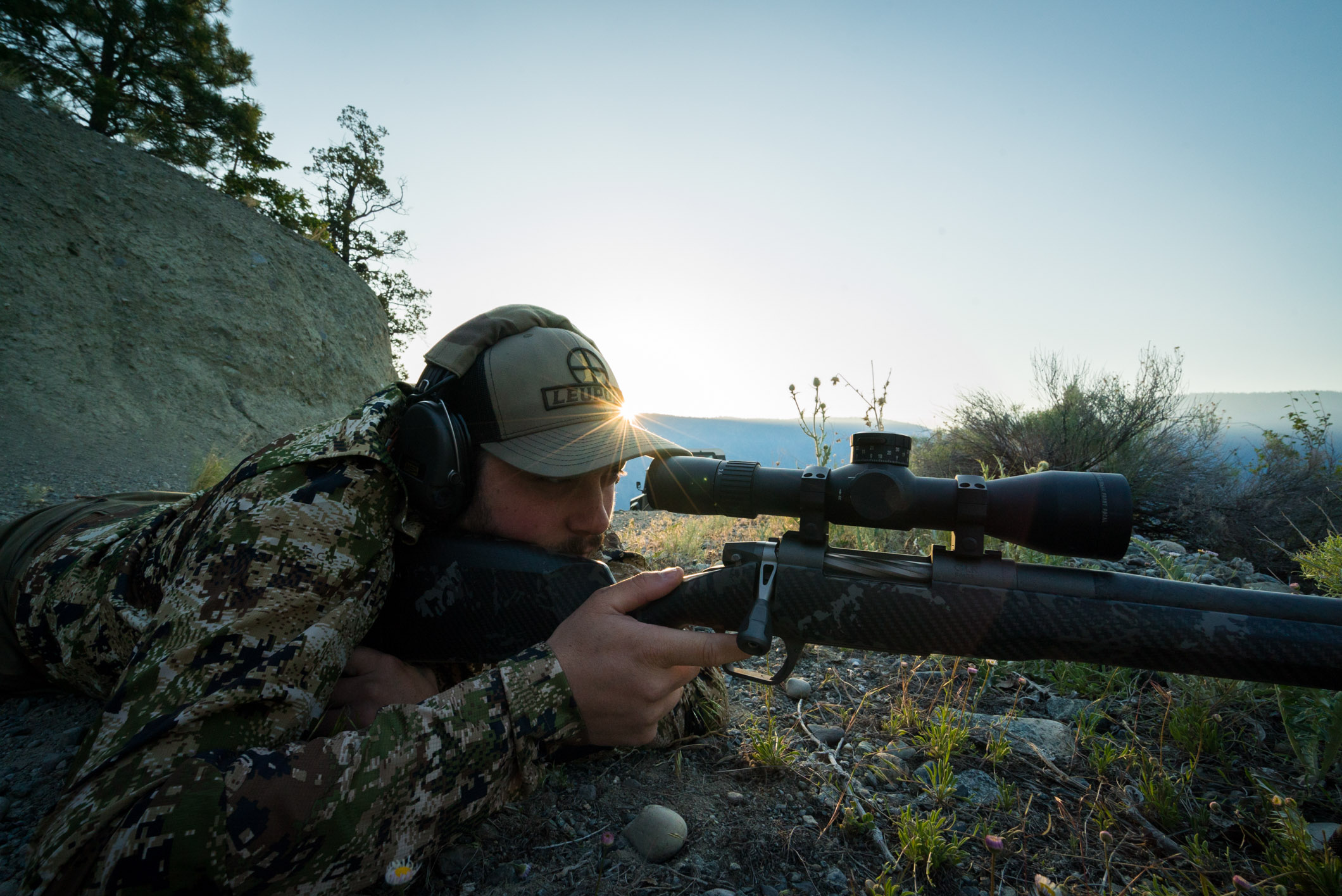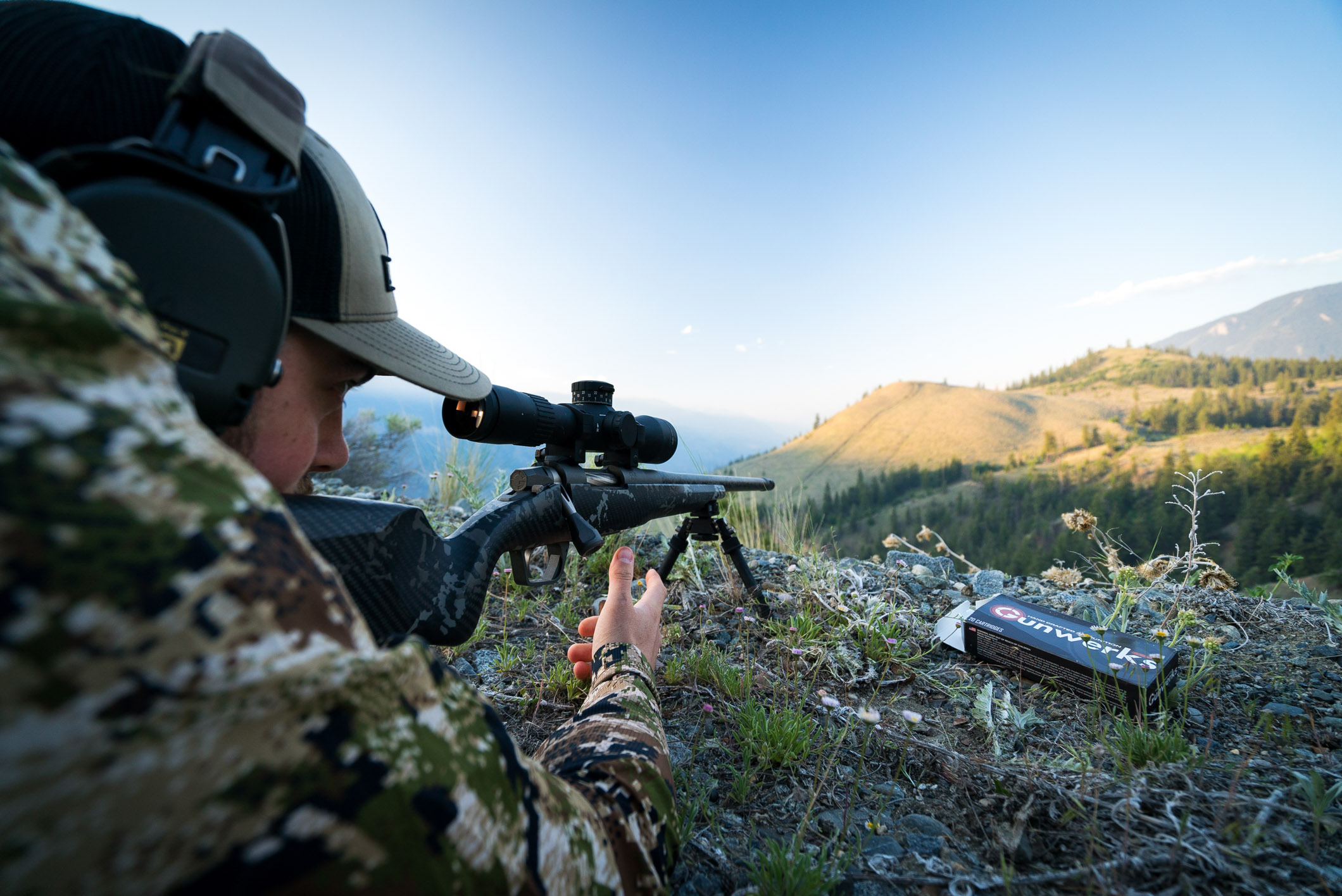Long range hunting is a term that often elicits responses of admiration and joy, or scorn and disdain. Admittedly, for a long time, my own feelings fell largely into the latter categories. I have always been an advocate of training with your rifle and extending your comfortable ranges, however, the majority of my real-world experience with long-range shots — while guiding hunters — had left a sour taste in my mouth. Quite frankly, the intersection of long-range precision and hunting was one that I didn’t believe in. I am of the opinion that most people shoot about half as well as they think they can, and that is compounded as the distance increases. There is a reason that many Outfitters & Guides work to keep shots under 350 yards — the majority of people have great difficulty successfully engaging at targets past this distance.
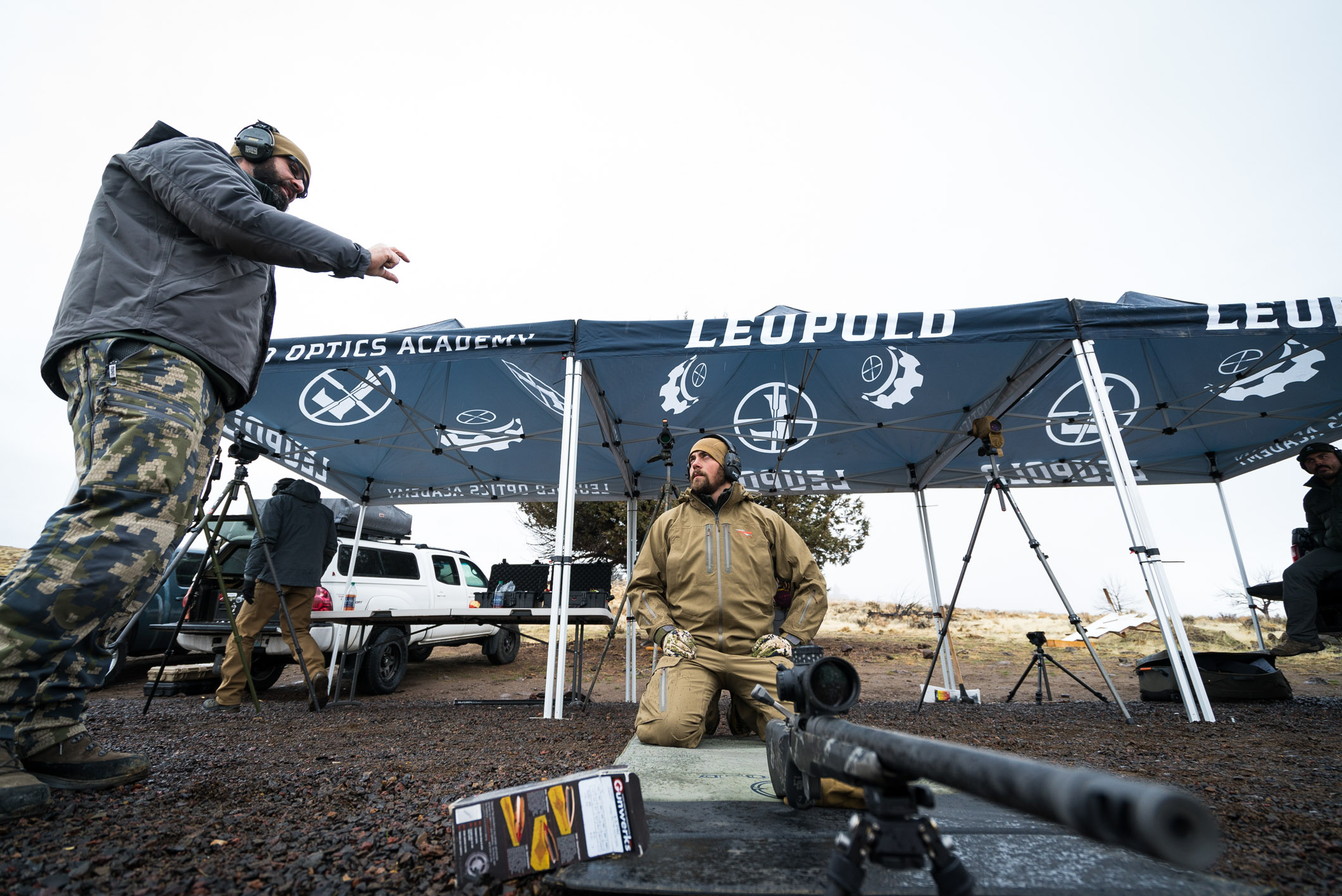
With the naivety of my youth on my side, I blamed the manufacturers. I criticized the claims of 1000 yard accuracy out of the box, the ease of paying to have someone work up loads for your rifle and then verify them at distance. Sure, there may have been some jealousy in the mix as most of these rifles fall outside of my snack bracket, but it seemed plausible to me that, were it not for these companies supplying packages that were ready to go and sighted in, I wouldn’t watch clients miss three separate sheep under 600 yards over a period of fourteen days. I mean shit, I watched that client smoke rocks out to 800 yards from a prone rest, the rifle was dialed and so was he. This feeling of disdain had grown to the point that I was actually happy when a client would arrive in camp with a “traditional” hunting rifle, instead of a semi-custom long range rig. The words “let’s keep it under 300 yards” were a breath of fresh air, and odds were the guy could shoot.
Late December of last year I received a call from my boss — Editor-in-Chief of JOMH, Adam Janke — informing me that we would be heading down to Oregon in the coming weeks to attend a private precision course at the Leupold Optics Academy. The call wrapped up and there I sat, at my own intersection of preconceived notions, excitement, and wonder. After some contemplation, I decided to go back to that place where I had filed my personal opinions under the “fact” drawer in my mind, and clean out the cabinet, so to speak.
Like many of you, I had never received any formal shooting instruction. Snippets of advice passed down from uncles, friends fathers, and that guy at the range, combined with a solid dose of reading, meant I could shoot okay. While I would never go so far as to call myself an expert, I do thoroughly enjoy reading and learning about ballistics, rifles, cartridges, and pretty much any combination of these categories. Having spent a bit of time around some folks who can really shoot, I was also well aware that I didn’t fall under this category. Sure, my shots while hunting had typically resulted in a clean and efficient death to the animal, but I’ve certainly never been able to realize the true potential of any of the rifles I have owned, and I knew it. Furthermore, all of my shots on game in the past had been sub – 200 yards, the bulk of them falling between 50-100 yards. I had long lusted for the knowledge that formal, high-level training courses offer. There were always reasons, excuses — too far away, too much money, didn’t align with my schedule. Suffice it to say, I continued to consume any material I could on the matter — books, forums, etc. I’d probably watched the Magpul Precision Rifle video fifty times over.
January rolled around, and with an open mind, I set course for Madras, Oregon, home of the Leupold Optics Academy. The course is held on a private range by Leupold Optics Academy Instructor Michael Baccellieri, and I was fortunate enough to have Leupold’s John Warren, as well as Gunwerks Director of Training, Strategy and Business Development, Caylen Wojcik present for additional instruction — for those who aren’t acquainted, these three men possess a wealth of knowledge and experience in the realm of precision shooting and long-range target engagement.
The majority my first day at the LOA was spent getting acquainted with the principles of optics, understanding natural point of aim, setting up a rifle for my body, and learning how to properly shoot at 100 meters — the fundamentals of marksmanship. Now to some, it may seem torturous to sit behind a Gunwerks rifle on a 1400 meter steel range and only shoot groups on paper at 100 meters, but when some of the foremost professionals in a given discipline tell you what to do… you do it. It is also entirely possible that this isn’t standard procedure and that my groups were just atrocious, after all, I do spend far more time behind a spotting scope than a trigger. Either way, without a solid foundation you cannot build and expand your abilities, and I was happy to have someone who knew their shit coach me — or in this case three someones.
As the winter sun sank lower in the horizon, my groups shrank considerably in size. To be honest it was the first time in my life that I felt I was starting to realize the potential of a rifle I was sitting behind. Even though this was the type of result I was looking for, dare I say expecting, it was frankly astonishing to witness first hand how quickly — under close watch and following the fundamentals religiously — my shooting could improve. With bolstered spirits, we retreated to the Wild Winds Station for a few local pints and some grub, excited for the following day’s course outline: some extended range shooting to get a feel for the rifle, followed by an afternoon of “partner drills”.
Most of us have hunting partners. Be it our best friend, father, brother, or wife, we often work as a team; planning, spotting, scouting, packing loads. This is especially true in the context of extended length “backcountry” hunts. Many of us train together in the off-season, hiking and running to prepare for sheep, goat, or mule deer hunts to come in the fall. Unsurprisingly, there is a lapse in most of our training, and one I was admittedly unaware of: the shooter-spotter relationship. I am a little ashamed to admit that I had never put any thought into this end of the hunt. For one, it’s arguably one of the more critical aspects that define the conventional understanding of success in the hunt. It also happens to be a critical aspect of my profession for a good portion of the year. The role of a guide is multifaceted and could include anything from cooking, wrangling, and pack-mule duties, to being a personal wilderness psychologist. Joking aside, one of the least discussed — yet most important — duties of a guide are to provide clear, concise communication to the client at the moment immediately leading up to the kill, regardless of external pressures.
Needless to say, I was ecstatic at the prospect of being coached by some of the best. In this situation, Adam was to be the spotter, and I was the shooter. The drill was explained as follows: Michael would select a steel target in his spotter, out of the dozens scattered about the 1400 meter range before us. He would then call Adam over to the spotter, to identify the target. From there the “shot clock” would start. I would get to my shooting position with the rifle, get prone, and load the magazine, while Adam set up his spotting scope and began directing me into the target visually. Once there was a positive ID on the target, Adam would range said target, consult his dope card, and give me the necessary adjustments for elevation, as well as a wind call.
While this sounds relatively straightforward on paper, our first go at it could only be described as a shit show. We were right on the nose of five minutes from Adam’s initial target acquisition through Michael’s spotter, to my engagement of the steel target — more than enough time for an animal to disappear around a ridge or into the timber. After some correction, helpful guidance from Michael, and another dozen cycles of the drill we were able to shave our time down to under one minute. In a hunting situation that could be the difference between cutting a tag, and eating it. We all dream of the perfect scenario. High in the alpine. Belly crawling to the edge of a ridge. A beautiful mature ram or billy is bedded, unaware. The reality of the matter is that it doesn’t always play out like that, even when it should. I had one such instance myself this year while guiding.
It was late September in the Northern Rockies, with two days left on a twelve-day combo hunt. My client had already connected on a beautiful moose, and caribou, and we were eager to find a good billy before the hunt was finished. I had found a few goats bedded in the cliffs, eight kilometres away in a valley that I knew hadn’t been hunted in the last fifteen years — yes they do exist, no I can’t tell you where. I will spare the details of getting there, and cut to the stalk. Our wind was perfect, and the thermals were in our favour. I belly crawled across the flat of the ridge, towards a bedded goat that was out of sight, my client following close behind. Inching closer, the goat came into sight — it was a nanny — and no sooner had I made that determination the wind changed. Every hunter has experienced the dreaded feeling of the wind shifting and blowing on their neck. The nanny bailed out of her bed and down into the cliff-laden chute below us, through the cliffs onto the mountain finger across the basin, bringing a few other nannies with her. Further down the mountain to our left, two billies came out of the draw, one young and one mature, the mature billy hanging back in the cliffs, standing broadside. I knew I didn’t have much time to make a judgment call on the goat’s trophy quality and give my client range and instruction. He pulled off a tough shot, under pressure, even though we had never gone through a shooting drill together. However, I found that the instruction I received gave me a better understanding of the role of the shooter, as well as what my clients need to make an ethical kill in different terrain and shooting situations. Whether it is reassurance on yardage, a proper rear bag, or advice pre-shot on which position to set their bi-pod in, it has paid off in spades.
As the hunting seasons begin to wind down and the off-season approaches, I urge you to incorporate some shooting drills into your training. Taking a course like the L.O.A is a fantastic way to extend your shooting abilities and create a more stable foundation from which to expand upon. For those of you who can’t make something like that happen, grab your hunting partner, hit your local range or backcountry shooting spot and create some drills and exercises to work through together. You’ll be surprised by how much it changes your role as the shooter or spotter on your next mountain hunt.


